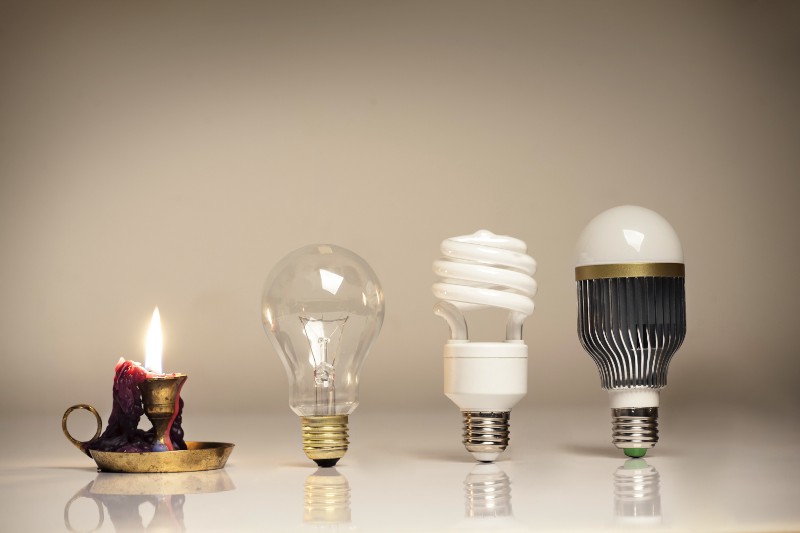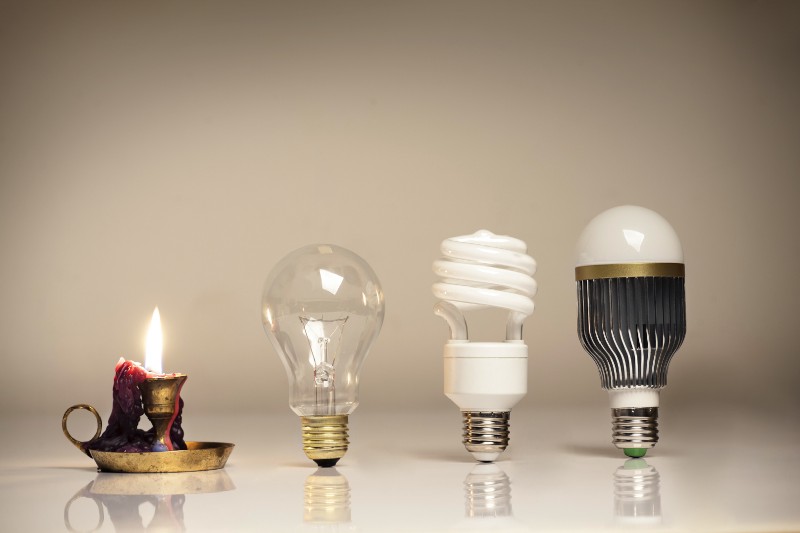What the hell does “Minimum Viable Product” actually mean anyway?
 freeCodeCamp
freeCodeCamp
By Ravi Vadrevu
Elon Musk on making sense of a confusing idea

Even the experts are confused by what Minimum Viable Product actually means:
- Eric Ries: “One of the most important lean startup techniques is called the minimum viable product. Its power is matched only by the amount of confusion that it causes, because it’s actually quite hard to do. It certainly took me many years to make sense of it.” (Minimum Viable Product: a guide)
- Marty Cagan: “One of the most important concepts in all of software is the notion of minimum viable product (often referred to as “MVP”.) But if you’ve been around software products for a while, you know that term is used in many different ways, and while the term intuitively resonates with people, there’s often a lot of confusion about what this really means in practice.” (Minimum Viable Product)
- Steve Blank: “This minimum feature set (sometimes called the “minimum viable product”) causes lots of confusion. Founders act like the ‘minimum’ part is the goal. Or worse, that every potential customer should want it.” (Perfection by Subtraction — The Minimum Feature Set)
There are two exceptional quotes that helped me understand and apply the often confusing principle of MVP effectively in my startup:
“You’re selling the vision and delivering the minimum feature set to visionaries not everyone.” — Steve Blank
“An MVP is a down payment on a larger vision.” — Johnny Holland
A Simplified 3-Step MVP Process
I’ve taken the complex Lean, Agile and Guerrilla methodologies and distilled the MVP process to 3 steps:
- Start with a single, simple product solving a tiny sub-set of a Grand Problem;
- Keep iterating, while constantly solving bigger, related problems en route to solving the Grand Problem;
- Constantly communicate the vision of the Grand Problem that will be solved.
Let’s use the evolution of light to illustrate how this works.

Grand Problem: Humanity needs cheap, effective lighting during darkness
1st MVP: Fire. Humans witnessed how lightning from the skies could ignite forests and create fire. After experimenting by rubbing sticks together, they created their own fire. Problem solved. But fire isn’t particularly portable.
2nd MVP: Oil Lamps, Candles & Gas Lights. Now humans could carry light with them as they moved about their business. Problem solved. But candles and gas lights aren’t particularly bright and the slightest breeze blows them out.
3rd MVP: Incandescent Light Bulbs. Early light bulbs were battery powered and were more reliable than a flickering candle. Problem solved. But as cities grew in size, the demand for more widespread lighting grew. The national grid had not yet been constructed.
4th MVP: Widely Available Electricity. In order to transmit electricity over long distances, AC and transformers were developed. Thermal power stations were built to meet massive demand. Problem solved. But as the world’s electricity demand increases, alternatives are required.
5th MVP: Solar Power. Lower wattage light bulbs replace the original incandescent light bulbs while solar panels become more efficient and cheaper to produce. Problem solved. But solar solutions are still relatively expensive and adoption too low to be able to turn off the national grid.
6th MVP: A Planet Powered Solely by the Sun. Highly efficient batteries can be charged solely by cheap and ubiquitous solar panels. At this point it becomes possible to remove our dependence on fossil fuels. We’re not quite there yet.
As the founder of an early-stage company or product, you have a clear vision of the Grand Problem (MVP6) you are solving. But you’re way ahead of your market (or at least you should be).
To be successful, it is your responsibility to chunk up the journey from where the world is now to where you want us to be. How will you release feature sets that take us from what can be delivered today, while communicating the future truth of your vision?
Elon Musk is an entrepreneur who is exceptional at the 3-step MVP process.
- Start with a simple product solving a tiny problem. He launched an electric car, which — in less than 3 years — became the world’s best-selling plug-in electric car.
- Keep iterating, while constantly solving bigger problems. Battery life keeps improving so that cars drive further, performance improves: 60mph in 2.28 seconds, self-driving technology reduces accidents, Tesla Part 2 introduces electric busses and trucks, the Tesla merger with Solar City and the imminent completion of Gigafactory.
- Constantly communicate the vision of the Grand Problem. Musk’s ultimate vision is a planet powered entirely by the sun and eventually multi-planet habitation. He is not the world’s best communicator. Many of his speeches are awkward (he is getting better with time). But he has captured the world’s attention because he constantly communicates his vision, while delivering MVPs along the journey.
Imagine if Musk had started solving his Grand Problem by building Gigafactory (bypassing Tesla and Solar City). He might have launched with an MVP that produces 1 battery per month. His idea would go nowhere, because he hasn’t taken us the journey from where we are now to where he can see we need to be. His MVP would not be viable.
Entrepreneurs very often make the mistake of starting with the Grand Problem. They then deliver an MVP, but the market doesn’t respond because they haven’t taken us on the required journey. The result? An unviable MVP, which often results in a pivot.
Simplified 3-Step MVP Process in Practice
Let’s say that you have launched your product. A handful of customers have signed up for your initial release. Your analytics tell you that there are downloads. But you also notice that engagement sucks. Your financial projections far exceed the usage you anticipated.
Contrary to popular belief, this is usually not a disaster.
The good news is that people will sign up based on some portion of your vision. That’s the first step in validating your market. It’s at this point that the product strategist must get out of the office, talk to customers, and understand the situation:
- Exactly what part of your vision initially captured their attention?
- What exactly makes your product difficult to use in getting towards the vision?
- Is there someone else who is doing this better than you are? How are they doing it differently?
- Is the problem that customers want to solve different to the problem you’re solving?
This is a systematic meaning and sense-making process. It is a scientific process which relies on data and well-defined metrics. But the process is guided by the vision of the artist who imagines a better and more fulfilling future. Not only can the artist see the future, but they can see the path down which we need to travel to get to that future. And they know which MVPs to deliver as stepping stones to move us from here to there.
That is my understanding of what makes a Viable Minimum Viable Product.
Ravi Vadrevu is the CEO & Founder of Kriya— the messaging platform where you instantly hire product contractors that work by the sprint.
Subscribe to my newsletter
Read articles from freeCodeCamp directly inside your inbox. Subscribe to the newsletter, and don't miss out.
Written by

freeCodeCamp
freeCodeCamp
Learn to code. Build projects. Earn certifications—All for free.